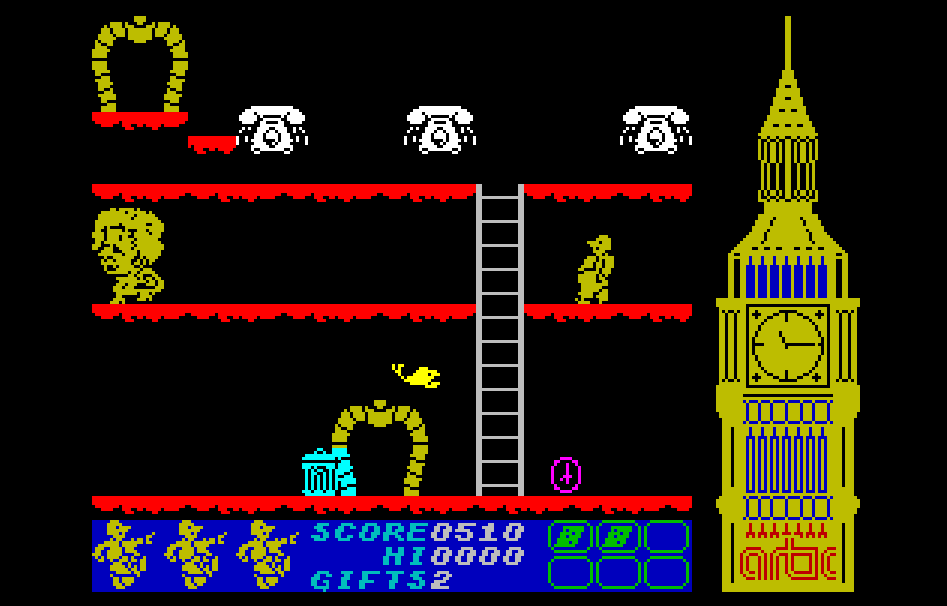After what seems like a year of aborted attempts, this week I’ve made a concerted effort to deploy Adobe CS3 Design Premium on our XP network. This morning, I was successful!
There were several problems to overcome, including lack of MSIs, inability to “roll your own” MSI due to the Adobe Licencing Service throwing a wobbly if you do, inserting the serial number, forcing it to install on machines with under a gig of RAM, coping with the sheer size of the install files, and assorted other issues and nonsense.
1. Create Your Network Install Folder
On the server I use to install files from, I copied the contents of the CS3 DVD to a folder called AdobeCS3. This folder is shared as \\servername\deploy\AdobeCS3. I didn’t use a space in the folder name as this was reported as causing problems, but it may not be important.
2. Create The XML files
You need three XML files. Firstly, there’s the “application.xml.override” file, which contains the serial number:
<?xml version="1.0" encoding="utf-8"?>
<Configuration>
<Payload>
<Data key="Serial" protected="0">00000000000000000000</Data>
<Data key="Registration">Suppress</Data>
<Data key="EULA">Suppress</Data>
<Data key="Updates">Suppress</Data>
</Payload>
</Configuration>
Replace the 000000000000s with your CS3 serial number (without spaces or dashes). The three “suppress” lines stop some info boxes popping up for end users during install. To find out where to put this file, you need to look at the Setup.xml file in the AdobeCS3\payloads folder. There’ll be an entry for¬¨‚Ć “Driver folder=”, and it’s the folder name after that you’re looking for. In my case, it was “AdobeDesignSuitePremiumen_US_Volume”, so the override file went in AdobeCS3\payloads\AdobeDesignSuitePremiumen_US_Volume.
Next you need the install and uninstall xml files. These can be created automatically by running setup.exe from the command line with the record option. Make sure you run it from a workstation, and make sure CS3 isn’t installed already!
\\servername\deploy\AdobeCS3\setup.exe --record=1
You then run through a “fake” install of CS3, where you can choose which components to install. We didn’t need Vue so unticked that. Once completed, it puts two XML files in the c:\Program Files\Common Files\Adobe\Installers folder. In my case, they were called “Adobe Creative Suite 3 Design Premium.install.xml” and “Adobe Creative Suite 3 Design Premium.uninstall.xml”, but the actual name may vary depending on which CS3 package you’re installing.
I renamed these files to “install.xml” and “uninstall.xml” respectively, and then copied them to the \\servername\deploy\AdobeCS3\deployment folder.
3. Test The Deployment
You can now check CS3 will install using these settings using the following command (all on one line!) from the Run box:
\\servername\deploy\AdobeCS3\Setup.exe --mode=Silent --deploymentFile=\\servername\deploy\AdobeCS3\deployment\install.xml --skipProcessCheck=1
Nothing will appear to happen because it’s running silent. You can check that it is, however, by opening Task Manager and looking for active setup.exe and mesiexec.exe processes, as well as monitor that files are appearing (and in some cases, disappearing) in c:\Program Files\Common Files\Adobe\ and c:\Program Files\Adobe\. This install may take a little while (like, an hour, depending on your network, setup options, and machine). You may need to reboot afterwards before the CS3 apps will work.
Note that you also may need to open something other than Acrobat (such as Photoshop or Illustrator) before Acrobat will work. You also need to open Acrobat before PDFs are associated with it.
4. The Install Script
Now for the VBS voodoo. You see, you could just run the install command on PC startup (using Group Policies), but this would mean that a) it’d install every time, and b) you get no error logging if it all goes horribly, horribly wrong. So you need a script. And here it is: InstallCS3.vbs
If you have any scripting or programming experience, you should be able to figure out what this does. If not, here’s a brief outline:
- Checks to see if C:\Program Files\Adobe\Adobe Photoshop CS3\Photoshop.exe exists. If not, it triggers the install. If it does, it skips the install and finishes. Note that if you chose to install somewhere else, or didn’t choose to install Photoshop, you’ll need to edit this line (e.g. to look for the Dreamweaver exe instead). I chose Photoshop as it’s the last bit of CS3 that is installed.
- Logs the start of the script, the attempt to install CS3, any CS3 installer errors, and the end of the script, all to event viewer.
Put this file in as a computer startup script in a group policy. (Almost) done!
5. Just One Last Thing
Unfortunately, because CS3 takes aaaaaaaages to install, the default domain group policy setting for startup script timeouts kicks in and the install fails. Oops! The default is 600 seconds, but you can change it in a group policy. You can find the setting in Computer Configuration > Admin Templates > System > Scripts > Maximum wait time for Group Policy scripts. Set it to enabled, and increase the value from 600. I chose 6000, as it’s well over an hour.
And that’s it! The install is still time consuming, so you might want to schedule the rollout for some sensible time when nobody is using the network, and you probably don’t want to apply the deployment group policy to all your computers at once.
Phew, eh?

Thanks for documenting this! I am having trouble installing CS3 on even a single machine (downloadable file from Adobe won’t extract), though I have a previous successful installation on my old PC (created with the same downloadable exe from the Adobe site).
When extracted, it appears to have created the same set of files you refer to above. I was wondering if I could use those previous extractions to set up my new laptop? Any advice?
thanks,
Geoff
Yes, you probably can. So long as there’s an install exe somewhere you can run, you should be able to install it.